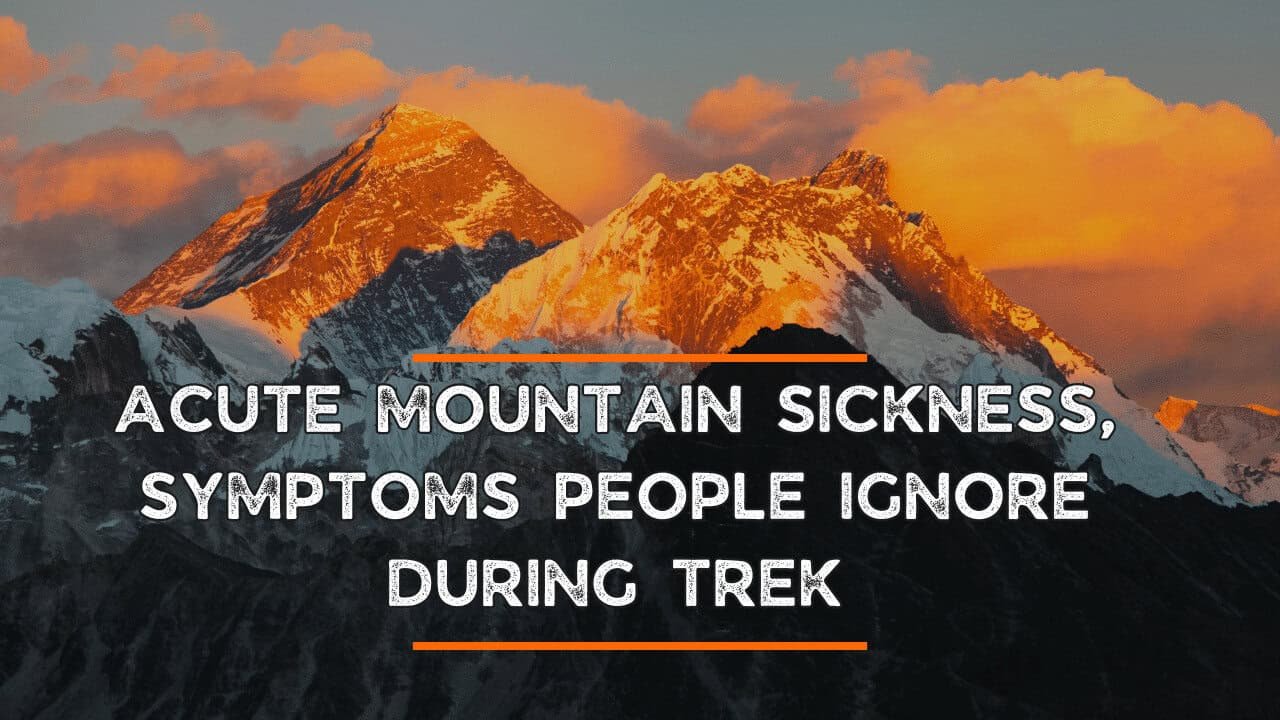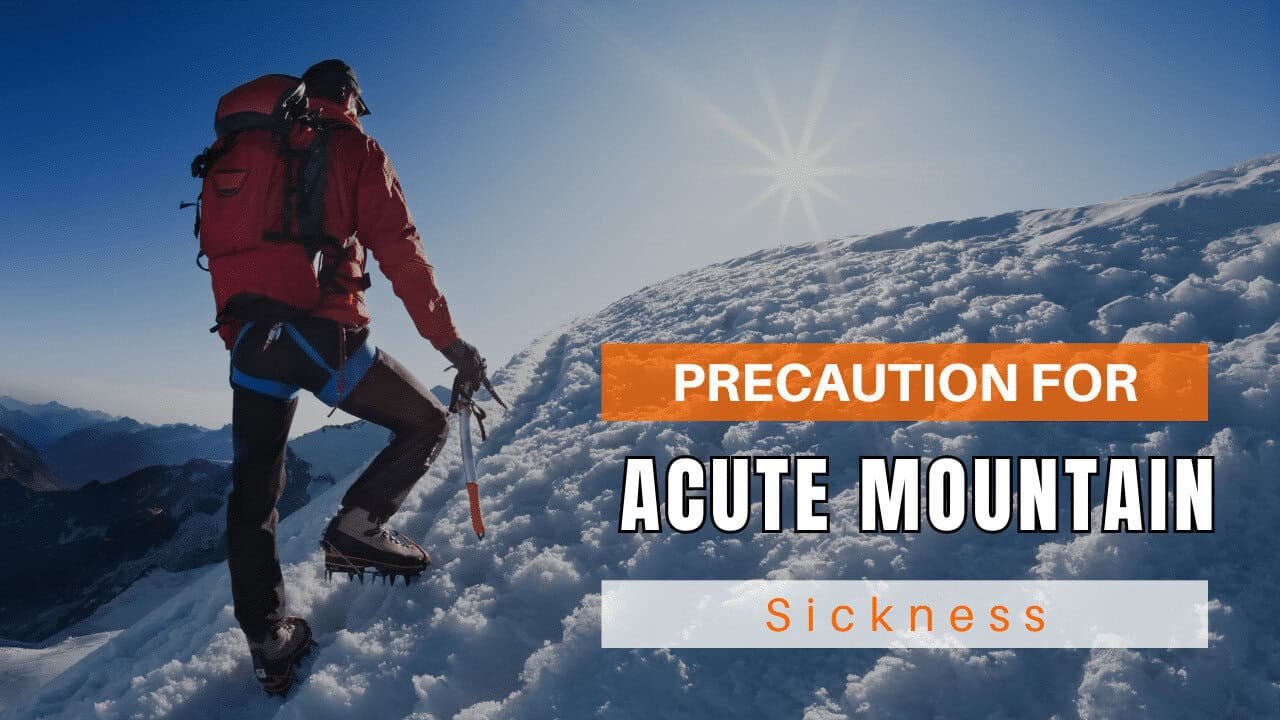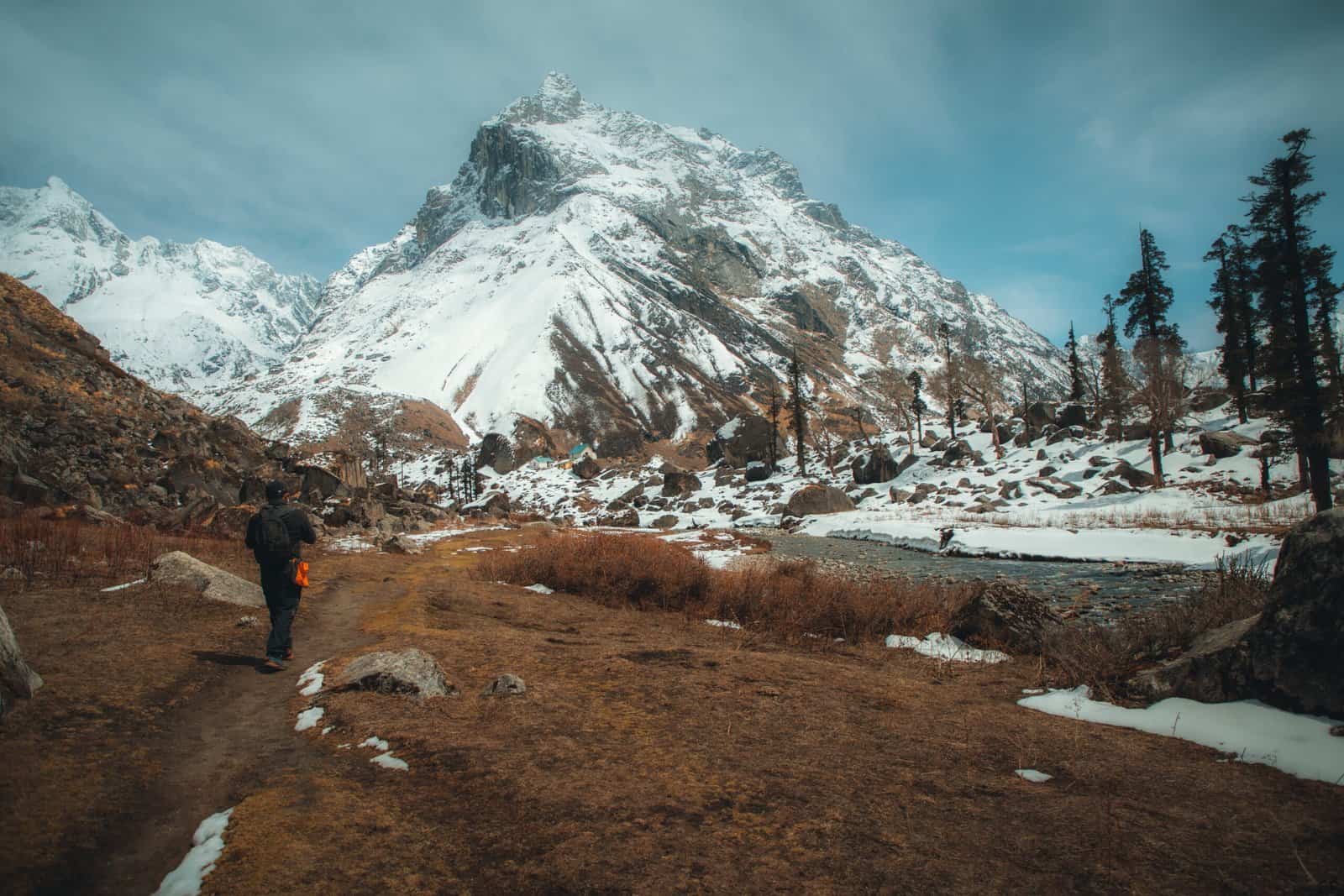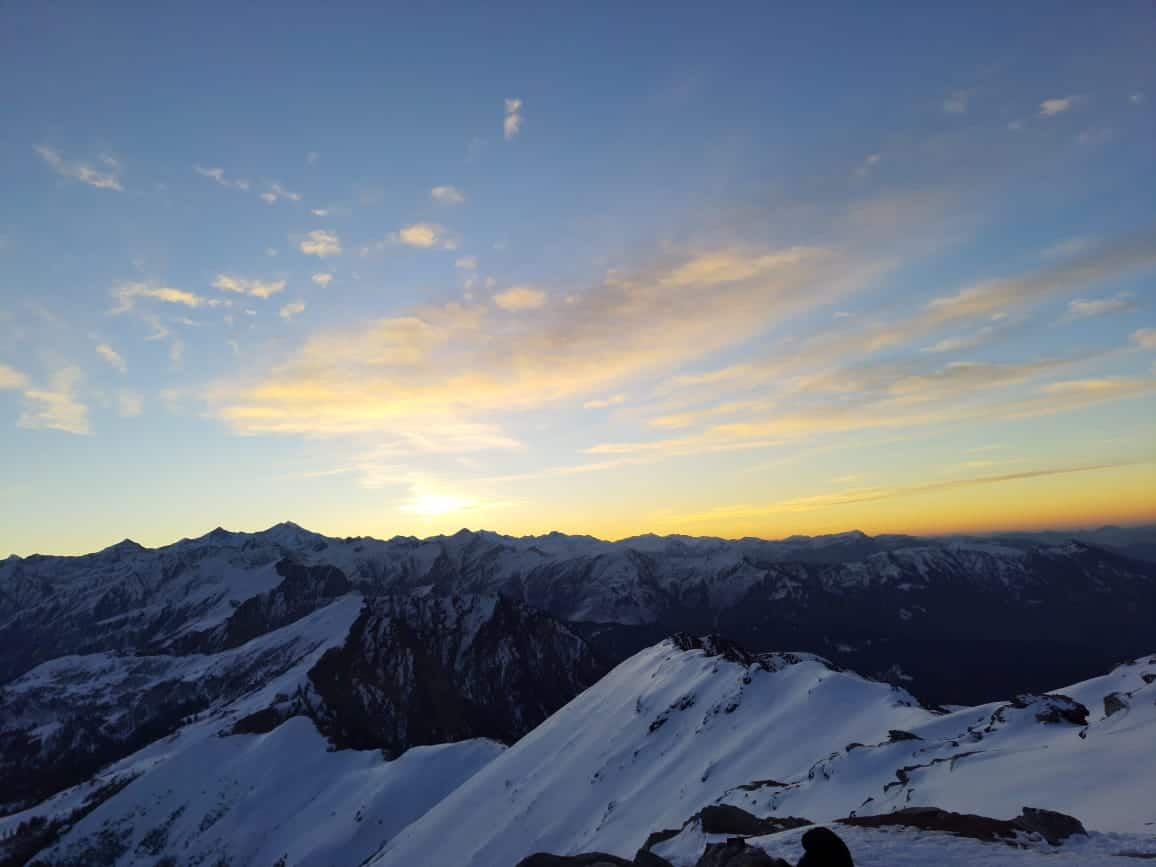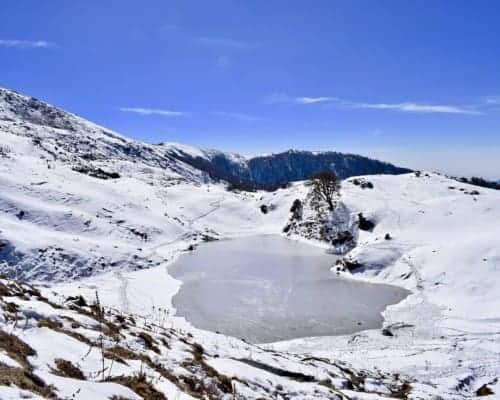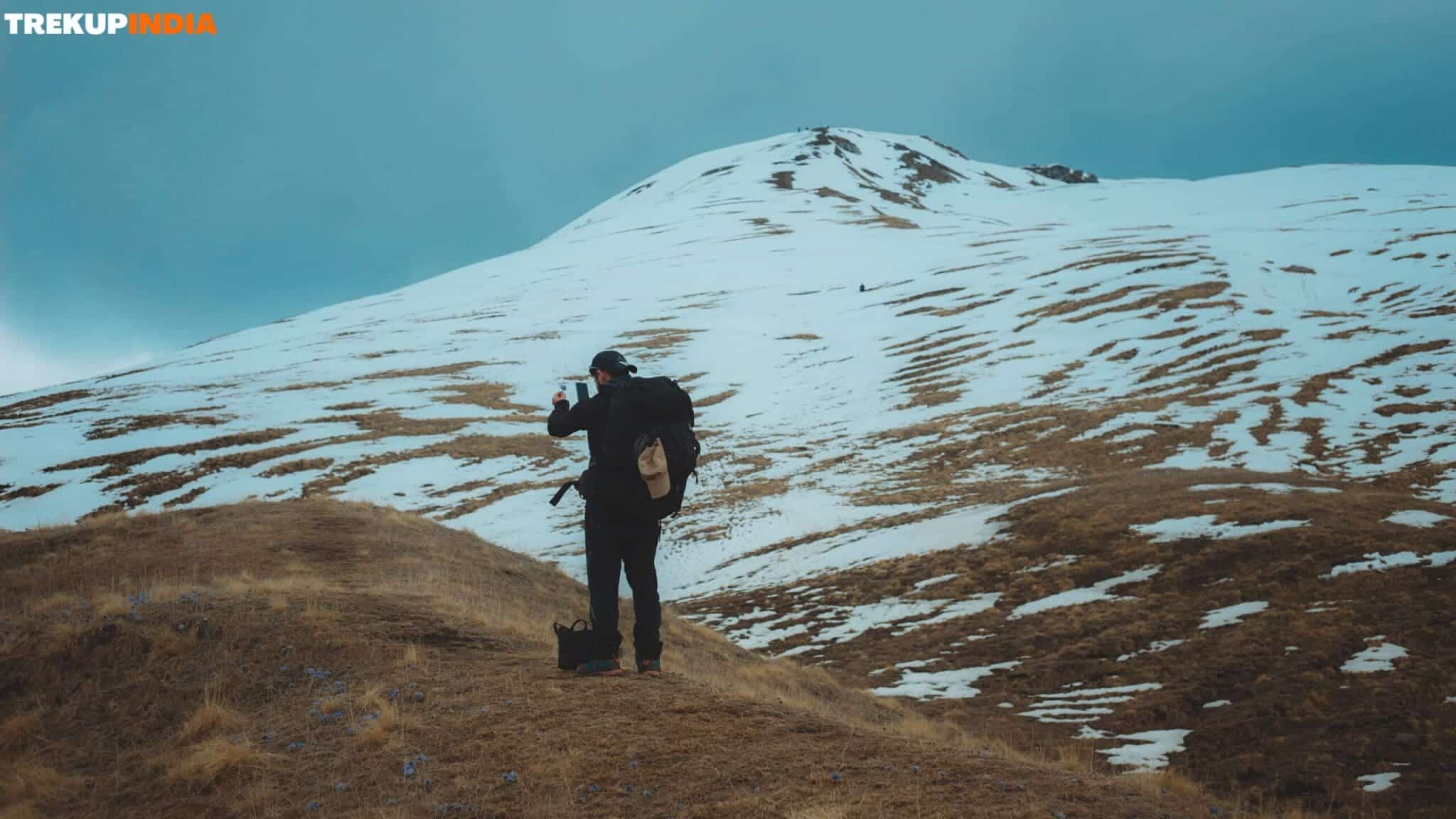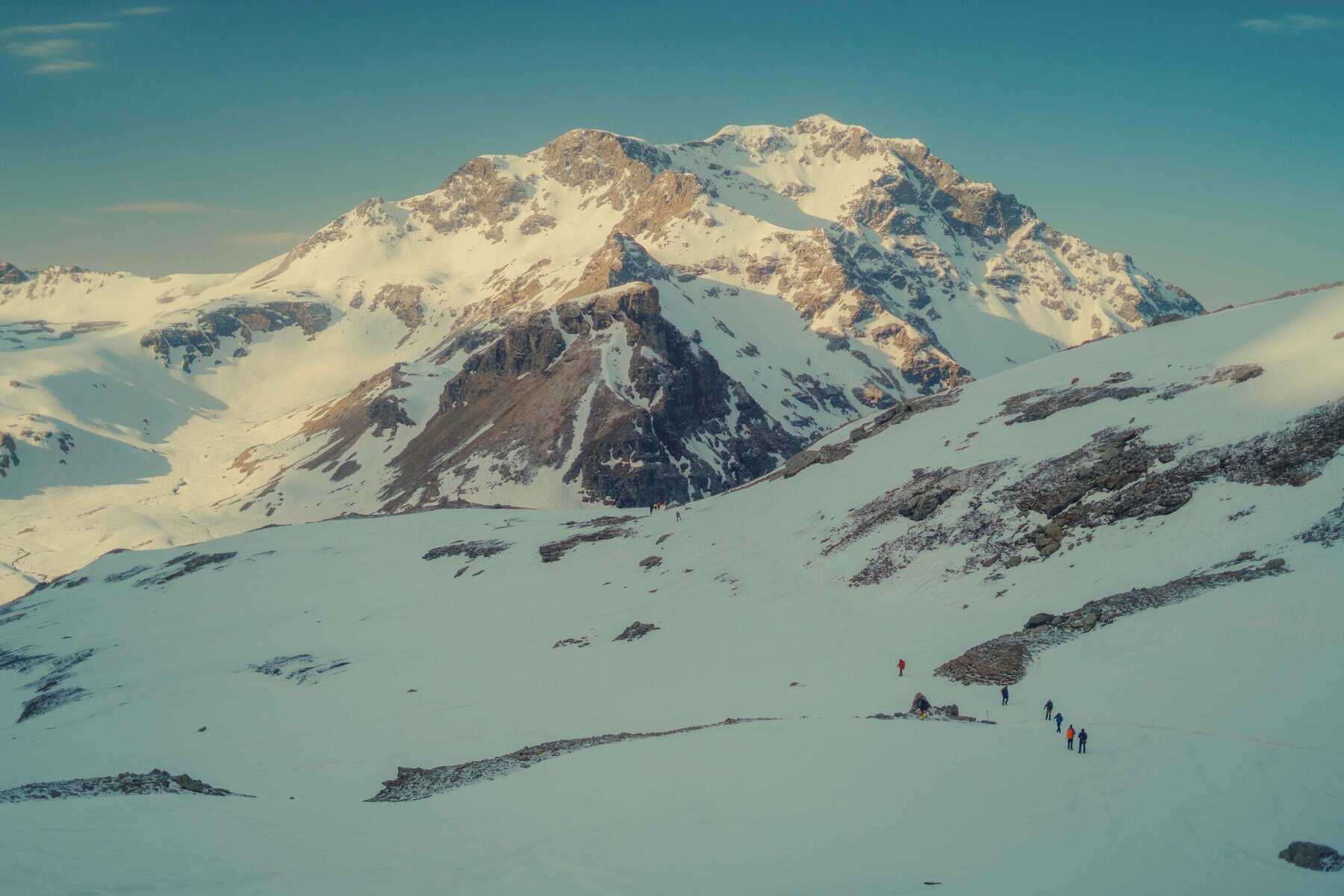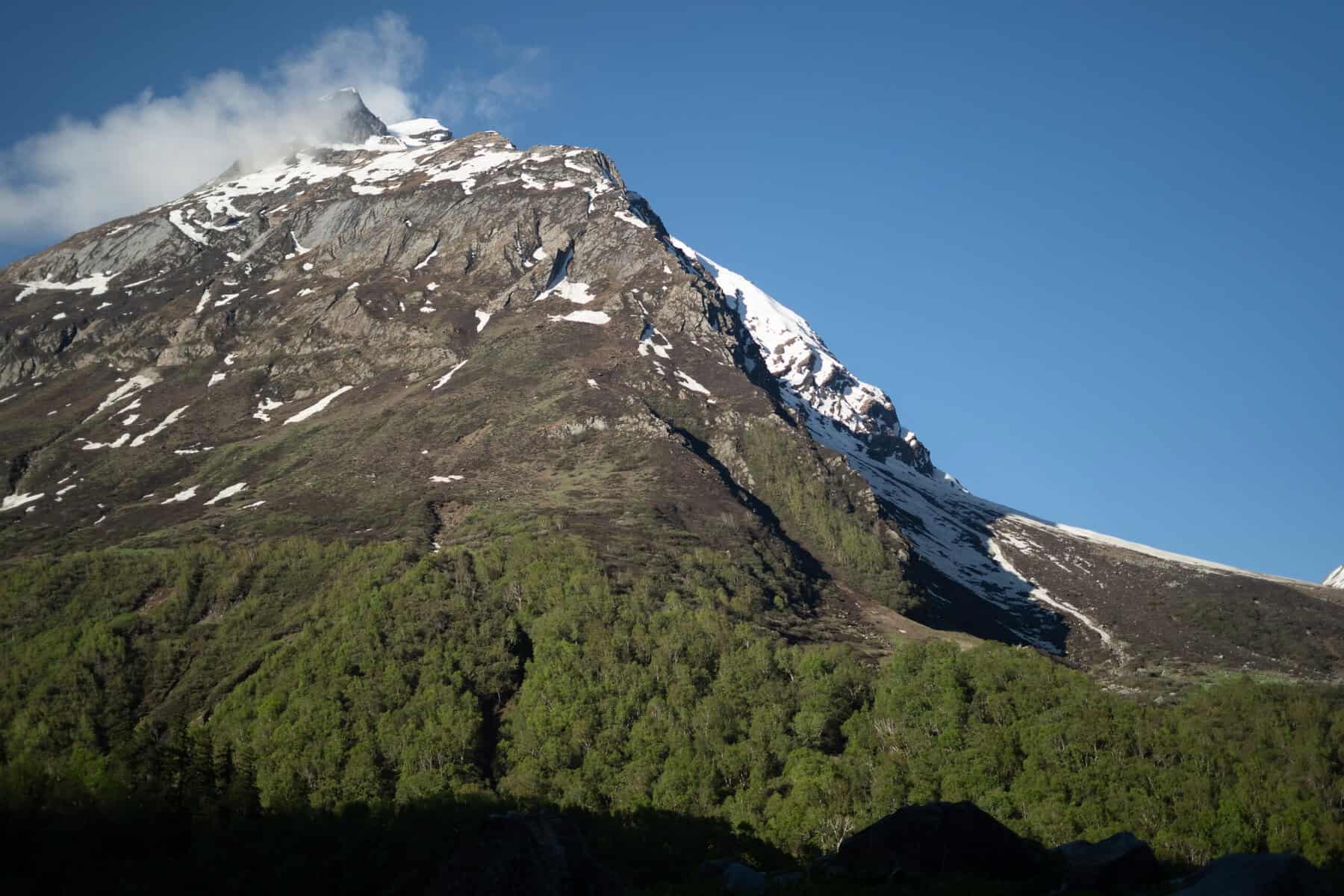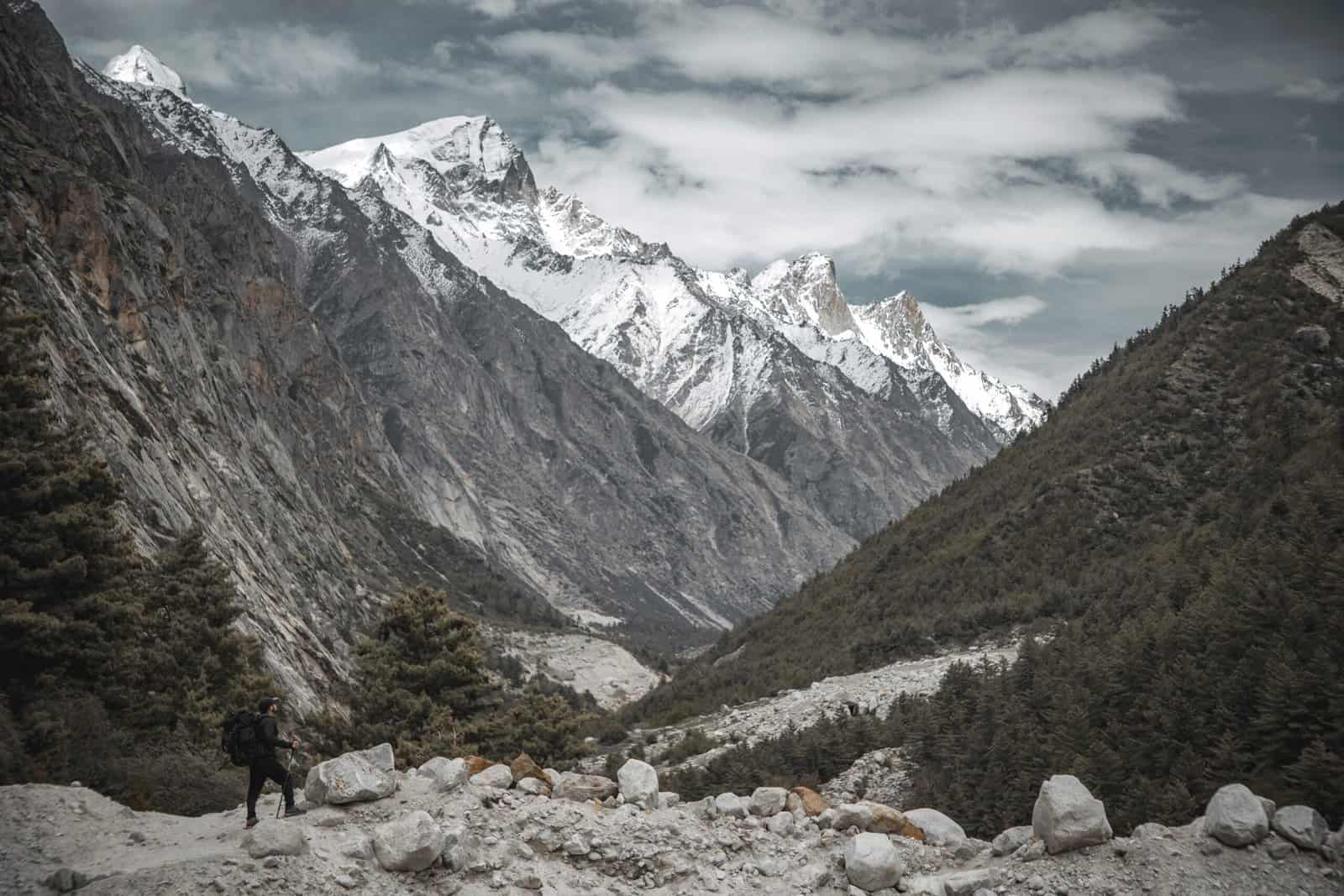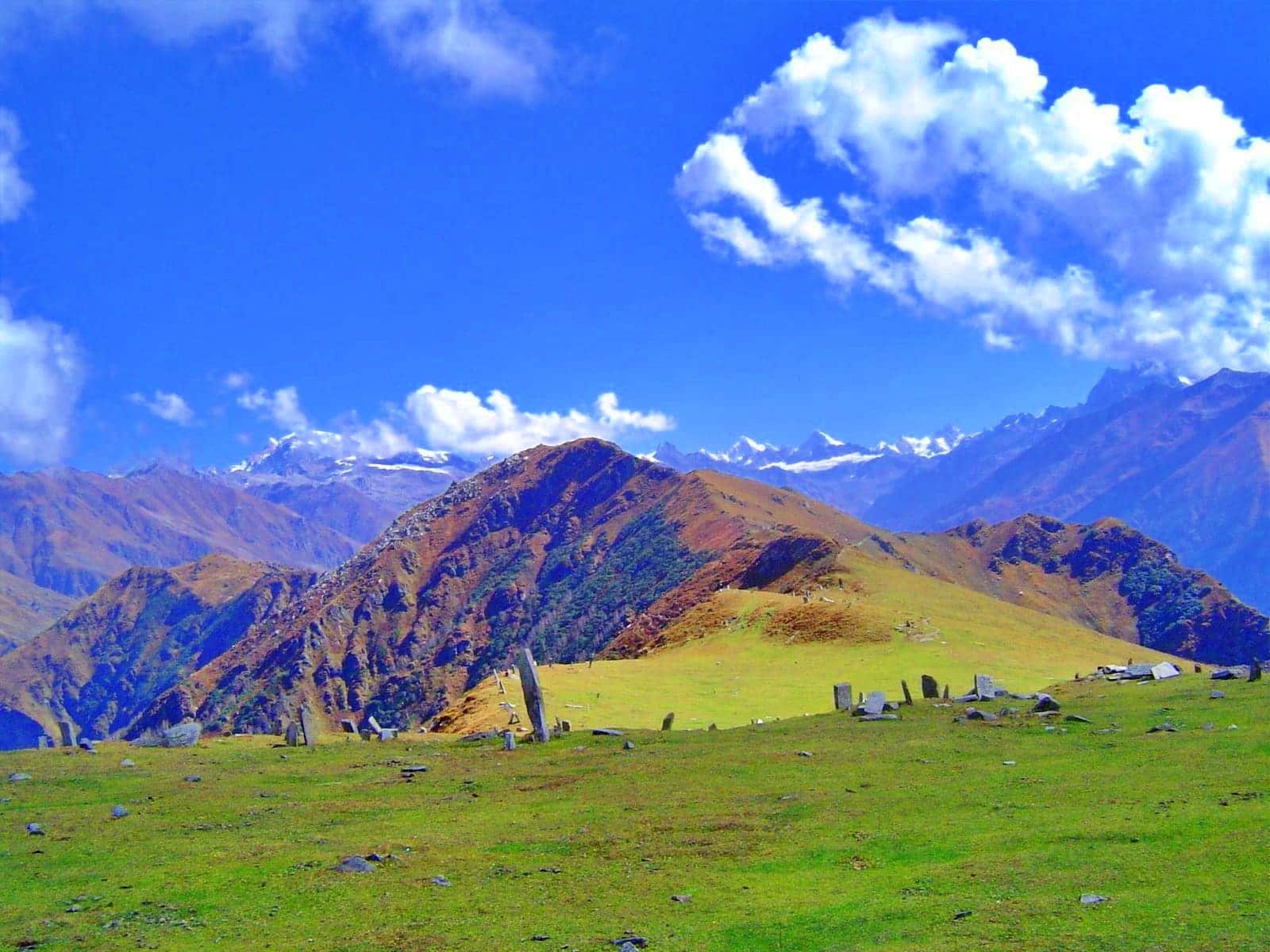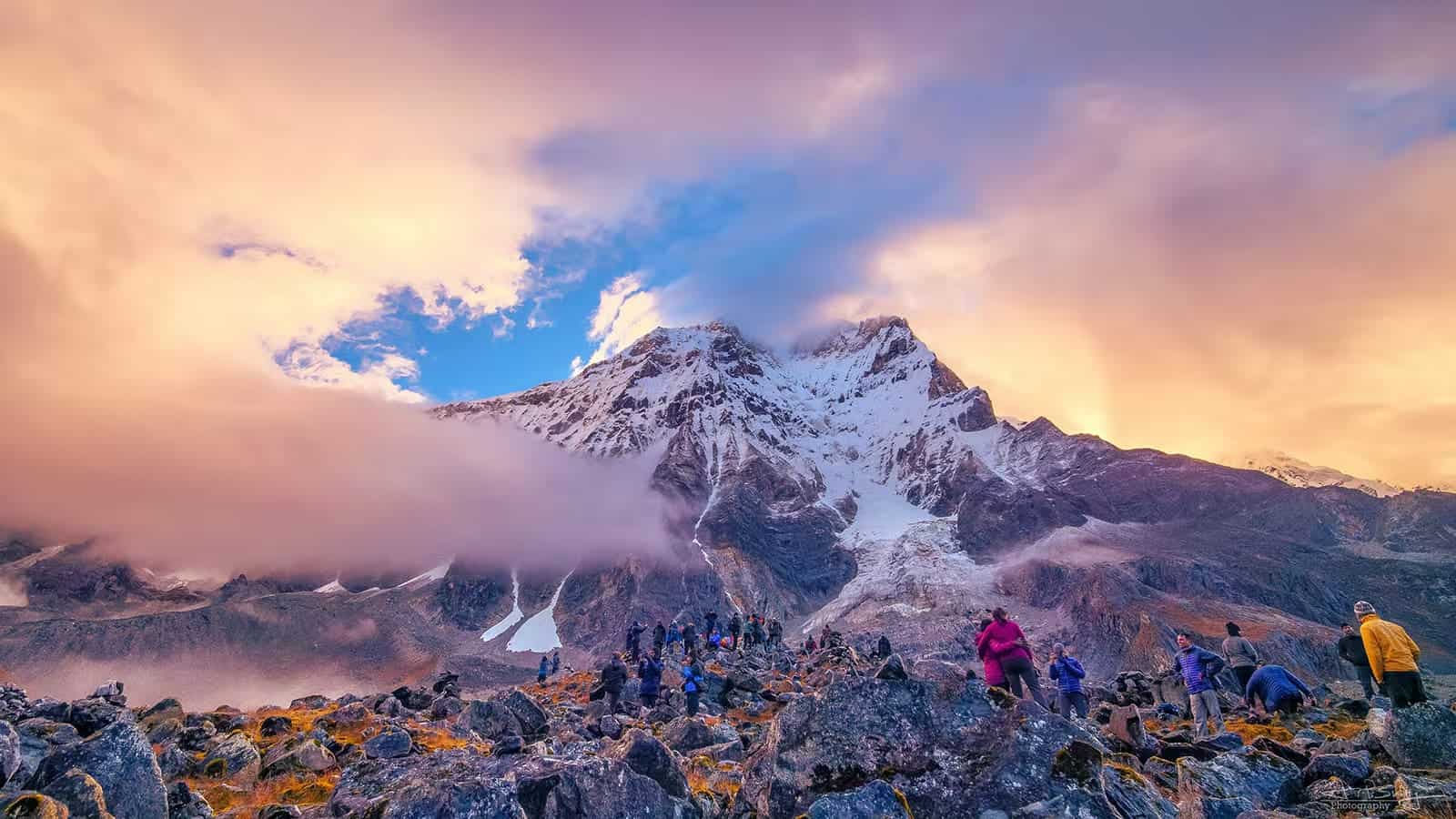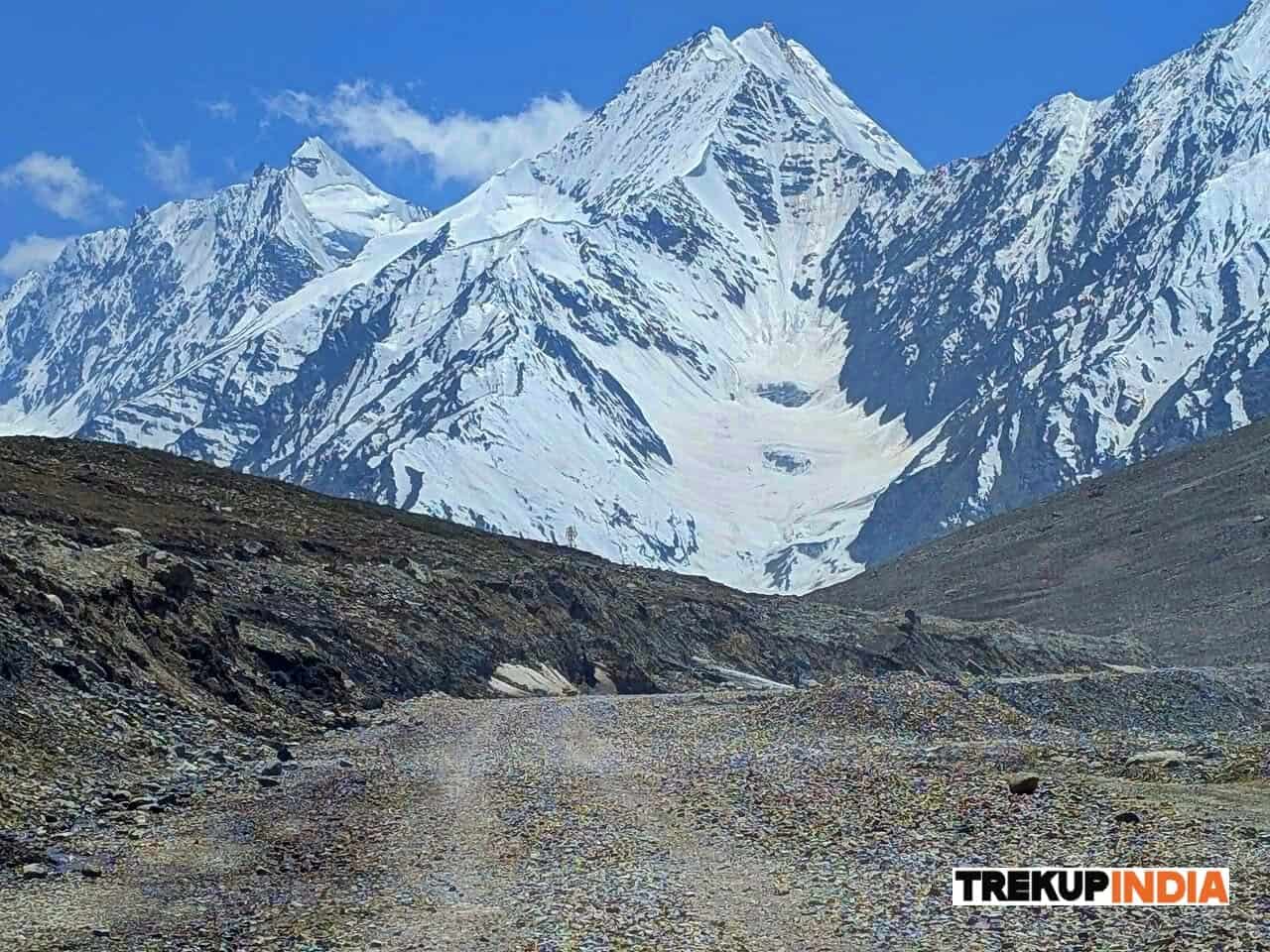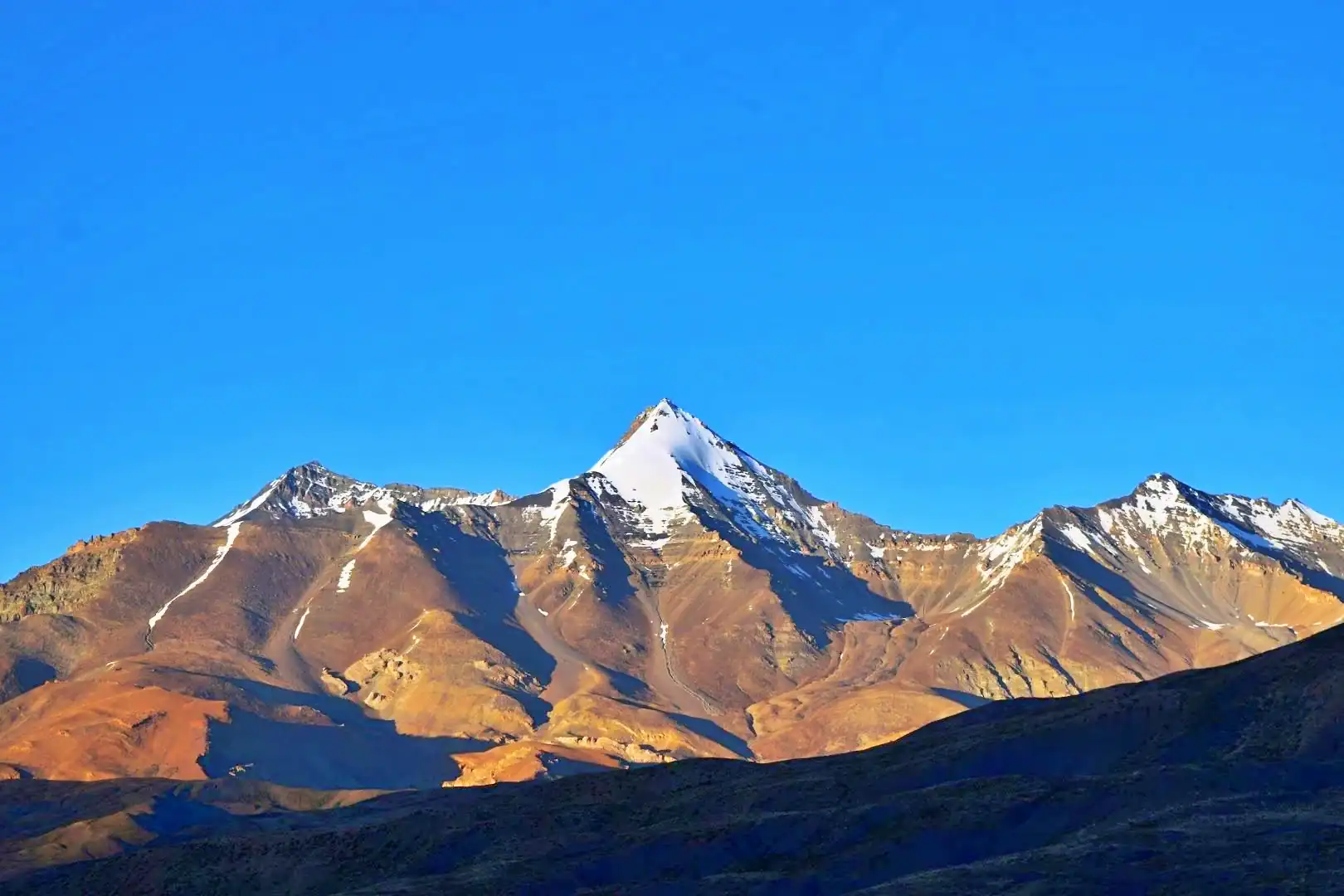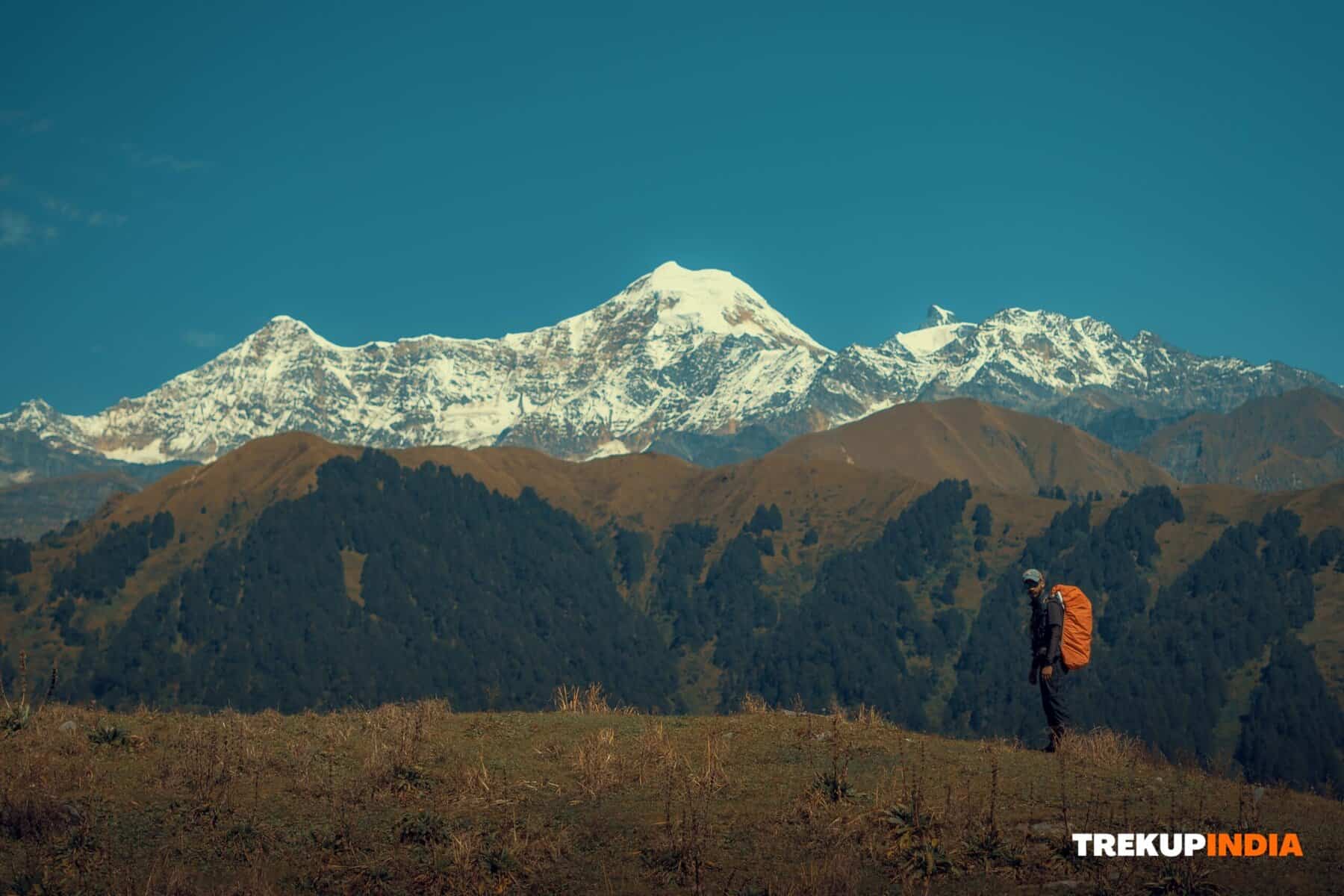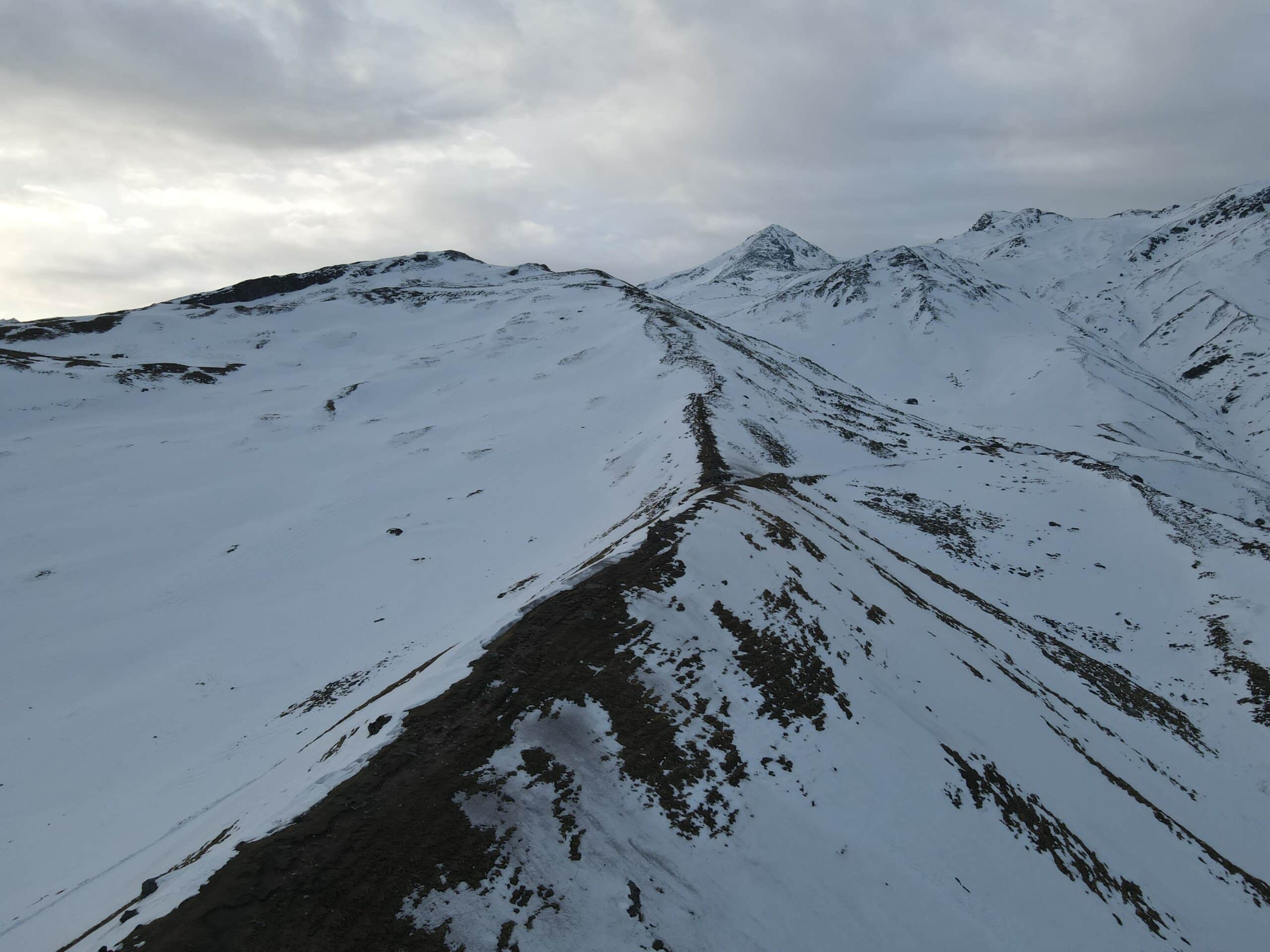Trek to Bhrigu Lake: Alpine Meadows & High-Altitude Bliss
Bhrigu Lake Trek near Manali in Himachal Pradesh offers an easy but rewarding trek which ascends 14,100 feet over three or four days, providing quick access to stunning alpine meadows in three or four days and stunning 360-degree mountain views like Hanuman Tibba and Deo Tibba. Bhrigu Lake itself is an iconic glacial lake known for changing colours with each season and having important mythological meaning, making this trek suitable for novice and more experienced trekkers alike! This trek combines natural beauty, cultural richness, as well as fun-and-easy excitement; all made possible thanks to quick trekkers moving at speeds that uphill at 14100 feet per day.

Trekking usually entails seeking out less-travelled treks. Some areas around the globe can only be reached on foot and are inaccessible by vehicle, bus, or bicycle. As these areas have grown increasingly popular, authorities are considering creating roads connecting previously isolated locations. Bhrigu Lake near Manali in Himachal Pradesh stands as an exquisite example. At an elevation of 4300 metres, this picturesque body of water lies to the east of Rohtang Pass – one of the main tourist spots close to Manali. Up until recently, getting to Bhrigu Lake required a multi-day trek through Gulaba Village or Vashisht. According to reports in The Tribune newspaper, however, roads will soon be built to Panduropa, providing more direct access towards Bhrigu Lake – now is an opportune time for trekkers wanting to experience its joys before accessibility changes take effect. Maharishi Bhrigu, a renowned saint who would meditate near the lake and give the area its sense of sacredness, inspired its name – Bhrigu Lake is home to two-to-three-day trek that leads through breathtaking alpine meadows with magnificent views of Pir Panjal Himalayas – one of Himachal Pradesh’s most popular and desired treks for trekkers alike. As one of the highest mountain lakes at 14,000 feet elevation, Bhrigu Lake can be reached easily in just three days on foot by trekking.
Difficulty on the Trek
The Bhrigu Lake trek is a moderate trek route. Although not too long in terms of length or altitude, this trip requires high fitness and some time for acclimatisation. Each daily trek ranges between five to 10 kilometres with strenuous ascents uphill leading up to the lake itself; beginners should enjoy this journey.
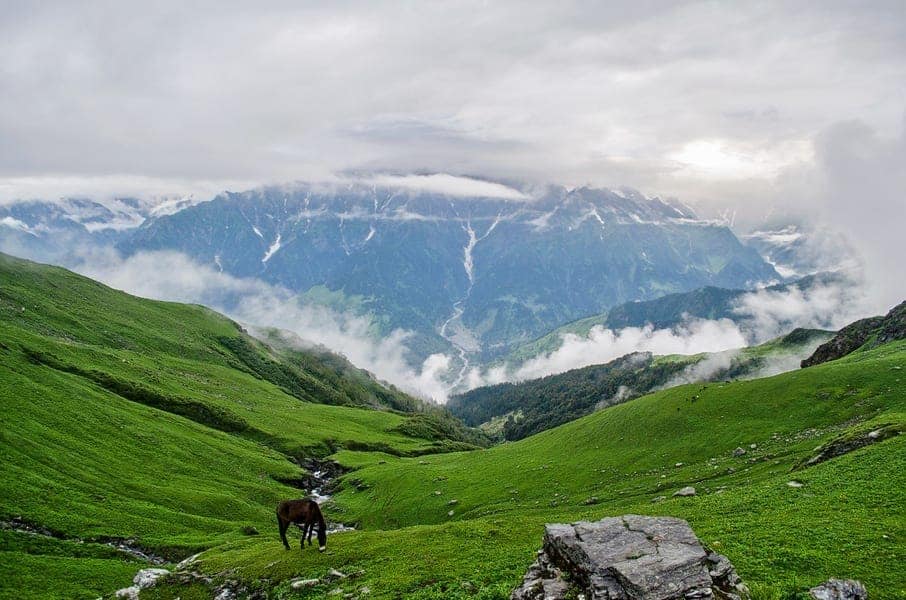
Best Time to Visit Bhrigu Lake
The best time of year for traveling on the Bhrigu Lake Trek is between mid-May and the middle of October, from July through October. Snow patches and vibrant meadows can be spotted during June and July; from August through September, you’ll discover stunning natural landscapes with wildflowers as well as improved weather conditions; finally, October will give you clear blue skies with golden hues, while nights may become cooler than you had planned.
What Makes the Bhrigu Lake Trek Special?
Beautiful Meadows
At Bhrigu Lake, the trek is unlike many others that require extensive climbing through thick forests. From its start you’ll be immersed in magnificent alpine meadows. From June through September monsoon rains bring colourful wildflowers as well as sheep to liven up this unique adventure!
Summit view
As you ascend upward, breathtaking Himalayan views unfold before your eyes; these include Hanuman Tibba, Deo Tibba, and Seven Sisters peaks that capture your gaze. On clear days, the Dhauladhar and Pir Panjal ranges will emerge from their shadowy hiding places for an exquisite spectacle that leaves visitors breathless with wonderment.

The Bhrigu Lake
This breathtaking gem in the region is covered with snow throughout summertime and features colours ranging from deep blue to an emerald-green hue that changes with seasons and daylight hours. Furthermore, this exquisite lake serves as a sacred site with mythological significance that helps hold back winter chill.
Have you been there? Trekking can take just three days to reach 14000-foot altitude, while other Himalayan treks require four to five days, with strenuous ascents taking four or five days on average. Truly astounding feat! Follow a difficult path along your journey to Lake Constans for stunning, lush forests, green grasses, large boulders, and loose rock debris with stunning views of Hanuman Tibba and Seven Sisters Peaks. Lake Victoria stands at an impressive height, creating clouds to enfold it, and the beautiful surroundings are truly awe-inspiring. Believed to change colours depending on seasonal changes, its tranquil atmosphere surrounds an oval sacred lake, renowned for its serene tranquillity is mesmerising. The final stretch of this trek takes participants through traditional villages and stunning apple orchards, providing plenty of enjoyment in just three days. It is suitable for people of average physical condition; therefore, making this an accessible adventure. All people should participate in this trek at least once in their lives.
About Author

Anoop Rawat (Admin TrekUp India)
Anoop has worked for 5 years as a Trek Leader with TrekUpIndia, leading numerous treks across the diverse and challenging terrains of Uttarakhand and Himachal Pradesh. He holds a degree in Geology with a specialization in Geographic Information Systems (GIS) from UPES Dehradun. During his academic years, he actively applied his classroom knowledge in the field—most notably by contributing to a glacier research project on the Jundar Glacier in the Har Ki Dun Valley, Uttarakhand. Write Anoop at anoop@trekupindia.com
Share this article
Dates For Upcoming Treks
Want To Trek Like Pro?
Basically, watch these videos if you want to trek the same way professional trekkers do and make your skills better. These videos contain useful tips and techniques to further improve your trekking skills itself. These videos actually help both new and experienced trekkers improve their trekking skills. These videos definitely provide useful tips that make your trek better. We are seeing that these videos by Trekup India experts will only help you make your trekking skills better.
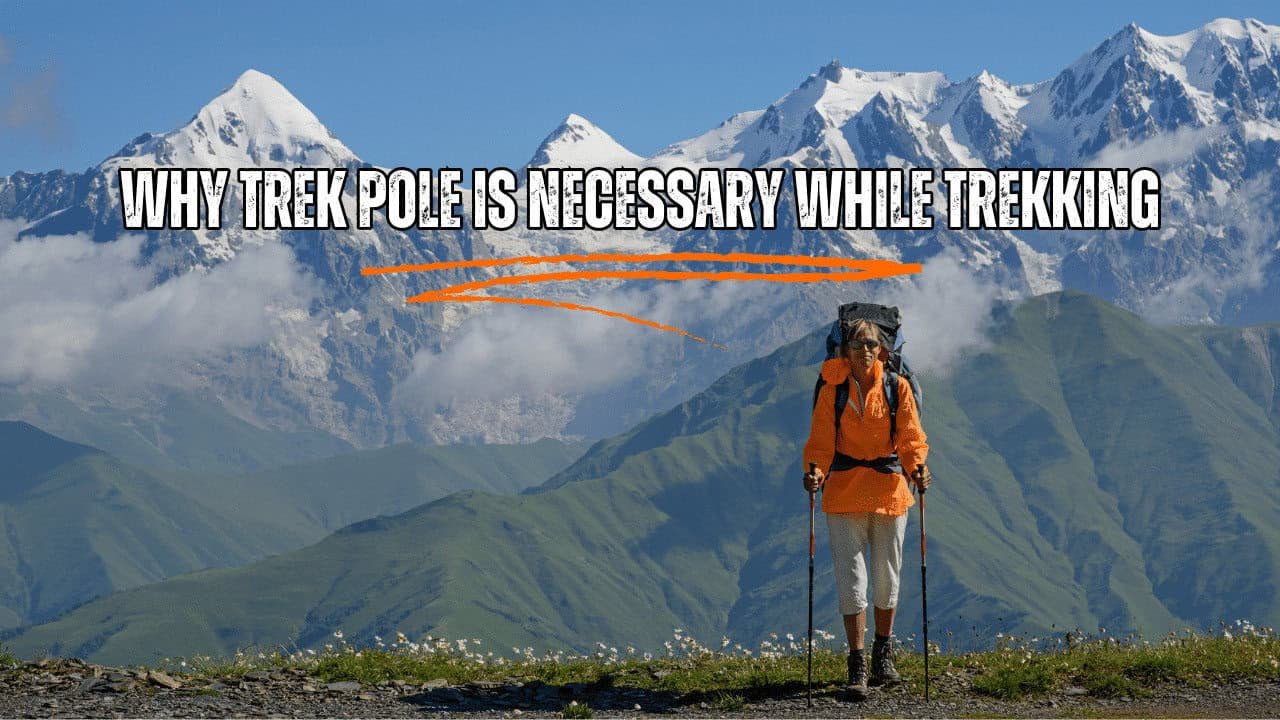






Know Everything About Acute Mountain Sickness
Acute Mountain Sickness occurs when people trek to high altitudes above 8,000 feet. This condition itself develops further due to reduced oxygen levels at such heights. Basically, as you go higher up, the air pressure and oxygen levels decrease, which causes the same problem. Acute Mountain Sickness surely causes headache, nausea, vomiting, and dizziness in affected persons. Moreover, peoples also experience difficulty in sleeping during this condition. To avoid mountain sickness, you should actually trek up slowly to higher altitudes. To learn further about this condition itself, watch the videos by Trekup India.
